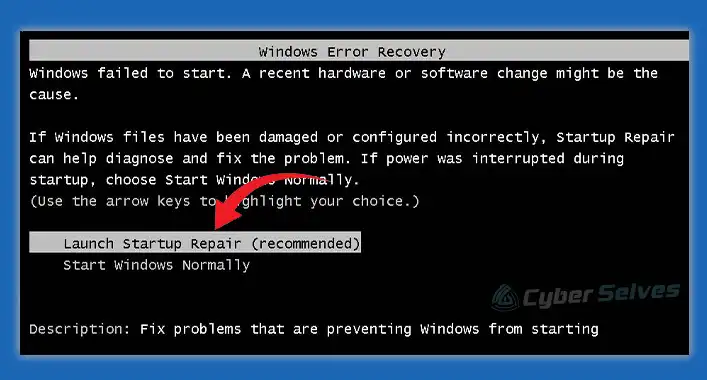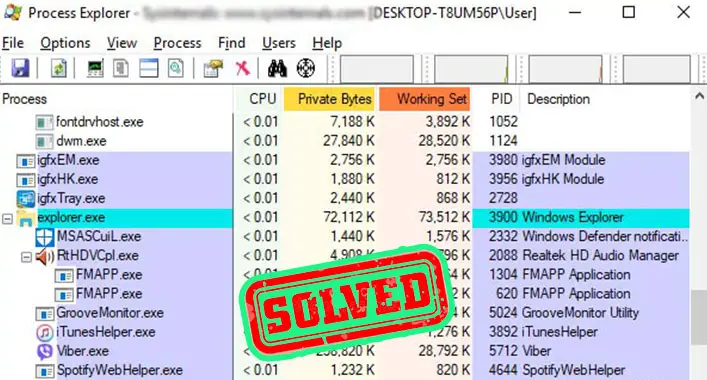How Does Malware Spread? | A Complete Guide to Know
Malware or malicious programs refers to programs that are designed to cause damage to a device system as well as to complete assigned malicious tasks. Also, malware can wreak havoc on a device and network system. After infecting a device successfully, malware or malicious start to spreading by attaching itself to different files and overwriting the data. But, how does malware spread? Keep reading this article to know about that.

How Does Malware Spread?
Malware can spread in many ways. It uses some medium to spread throughout the device system. As you know, there are different types of malware based on the characteristics and attacking process. Here is some possible way for the malicious codes to get into a device;
1. Web
Hackers and cybercriminals can design malicious websites or domains to infect visitors or inject malicious codes through pop-ups. The hacker uses catchy pop-ups, malicious browser extensions, or add-ons to attract the user to redirect to the malicious website or domain. Upon visiting the site, the malicious code infects the device and starts to exploit the system vulnerabilities.
2. Direct
This vector includes input devices to inject malicious codes, programs, or scripts into the device system. These input devices work as a malicious resource in this type of distribution process. In recent days, hackers or cyber criminals using social media tactics and promotional advertising techniques to directly inject malicious codes into a device.
3. Mail
Distributing malicious programs through email is surprisingly simple and effective. The hackers or cyber attackers send malicious attachments through email to distribute malicious codes. Whenever the user opens the malicious attachments; the device gets infected.
How Malware Spreads to Other Devices?
After getting into a device or network system, most malicious code does not take a long time to seek and utilize the device vulnerabilities. This technique is mostly used by ransomware. Though, the techniques have changed now. Some malicious codes are capable to locate and encrypt network shares. This technique allows the malware to cause a lot of damage in a short time. Often, these forms of malicious code seek out the shared network drives that the device had access to. This put all the devices of the same shared network drive at serious risk. The infected device can act as a host to infect other devices.
Why Do Hackers Spread Malware?
Hackers and cybercriminals spread malware or malicious codes for different malicious purposes. But, it is definite that all of them are distributed to cause damage to the legit user. Here are some of the purposes for which the malware and virus are spread throughout the device;
1. Computer Vandalism
Causing damage to the computer device system is one of the main reasons for spreading or distributing malware and viruses. Even the purpose of damaging the system remains unclear in some cases. Hackers or creators of the malicious codes inject the malicious program into a device system in order to cause permanent damage to the device system.
2. Petty Thefts
Trojans, keyloggers, and other malicious codes are especially distributed for stealing information from a user or organization’s computer system. With the emergence of the internet, humankind stores most of their personal information on a computer or cloud storage. This is where malicious codes can be used to steal important information as well as login credentials to facilitate the hacker or malicious actors.
3. Cybercrime
Cybercrime is a crime that is carried out through computers or the internet. Illegal access to a computer device through a malicious code is a common crime nowadays. Malicious codes can be used to collect ransom, blackmailing, eavesdropping, data leaking, or spying. All of these deeds are criminal offenses.
4. Grey Market Business
Grey market businesses are activities that are beyond legality. This business generates revenues through a range of disturbing activities like;
- Frequently disturbing advertisement.
- Providing fake software utilities.
- Redirecting the user’s data traffic to chargeable web resources.
- Catchy and disturbing pop-ups.
Frequently Asked Questions (FAQs)
Can You Get Malware without Downloading Anything?
It is possible to get a malicious infection without downloading anything from malicious sites. Some malicious site or domain is able to distribute malicious codes among the visitor.
Can Malware Spread Through Ethernet?
Malicious codes or malware can spread through any type of network system, including Ethernet. Especially the malicious codes that are capable of replicating through shared drives of the network system.
Can My Device Get Hacked by Visiting a Website?
Yes, your device can get hacked by visiting or redirecting to a website. It is recommended to browse safely to avoid browsing through malicious sites.
Final Thoughts
After knowing about the medium of malicious infection, you have already understood what should you need to do for beating up the infection. Remember to use advanced-leveled security tools to keep your device secure against malicious infections. That’s all for today, have a great day.


![Is Bandicam a Virus? [Answered]](https://cyberselves.org/wp-content/uploads/2023/03/Is-Bandicam-a-Virus.webp)


